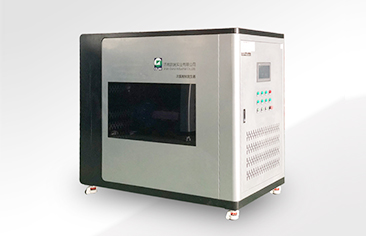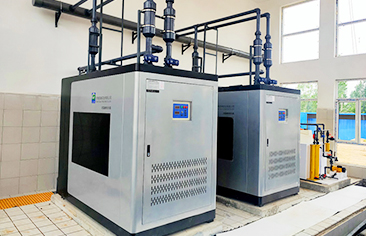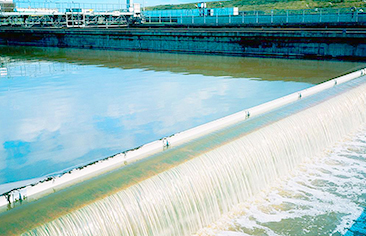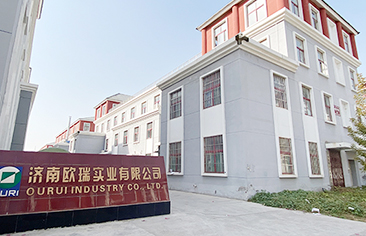Filter blockage caused by algae is one of the pollution effects brought about by eutrophication of water bodies in recent years, and it occurs frequently with the increasing eutrophication of water bodies. In view of the problem of filter blockage caused by algae, Hechuang Environmental Protection found through research that it can be solved by sodium hypochlorite generator and potassium permanganate dosing device. The combined use of the two agents can significantly increase the algae removal rate and solve the filter blockage caused by algae. Improve the operating conditions of water plants.
Sodium hypochlorite (NoCIO) is generally a light yellow transparent liquid with a pungent odor similar to chlorine, and is a strong oxidant. It has the ideal disinfection effect and the function of bleaching and deodorizing. The sodium hypochlorite generator produced by Ou Rui Industrial adopts the diaphragm-free electrolysis method. The electrolytic anode and cathode are installed in the diaphragm-free electrolytic cell. The two electrodes are filled with electrolyte (salt water), and the salt water with a concentration of 3% is electrolyzed to produce 7000PPM~9000PPM Of sodium hypochlorite disinfectant.
In the traditional algae removal treatment, sodium hypochlorite alone has an unsatisfactory inactivation effect on algae, and even if the algae cells die, the hard siliceous shell will not be destroyed. For this reason, Hechuang Environmental Protection conducted related experiments through the use of a sodium hypochlorite generator in conjunction with a potassium permanganate dosing device to coordinate pre-oxidation to treat the clogging of the filter caused by algae.
In order to ensure the experimental results, Hechuang chose the method of combining potassium permanganate and sodium hypochlorite to conduct an inactivation test on diatoms in the raw water, and use a fluorescence microscope to determine whether the diatoms were dead or living. If the fluorescence in the algal cell is intact, it is a living body; part of the fluorescence disappears, which is defined as half death; if the fluorescence disappears completely, it is defined as death.
Through experiments, we found that using potassium permanganate and sodium hypochlorite to pre-oxidize synergistically, the removal rate of diatoms can reach more than 90%. The reason may be that sodium hypochlorite combined with algae, causing the leakage of algae cytoplasm, but dead algae Still suspended in water. Through the reaction of potassium permanganate with reducing substances in water under neutral conditions, the manganese dioxide particles produced are bonded with viscous algae cells, which improves the sedimentation effect of diatoms. This solves the need for algae-killing treatment in water plants, and solves the problem of filter blockage caused by algae.
As a commonly used disinfectant in tap water treatment, sodium hypochlorite is not suitable for long-distance transportation and long-term storage due to its own chemical characteristics. However, algae outbreaks often occur in spring and summer, and it is not realistic for water plants to store sodium hypochlorite for a long time. Therefore, for water plant users, we recommend that owners purchase sodium hypochlorite generators to deal with the algae pollution incidents that erupt every spring and summer. At the same time, the sodium hypochlorite generator can also cooperate with other drinking water disinfection equipment at other times to improve the water treatment effect of the water plant and improve the quality of tap water.













